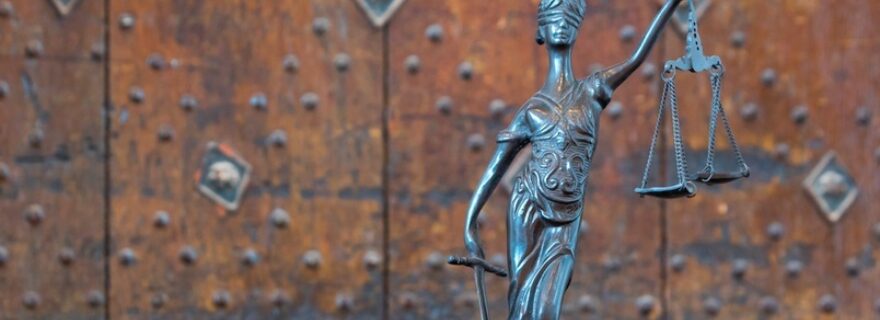The Dutch ‘geschriftenbescherming’ after the ECJ’s Football DataCo decision
In March the European Court of Justice passed judgment in a database case on football schedules. This judgment could well affect the Dutch protection for non-original writings ('geschriftenbescherming'), which is a peculiarity in Dutch copyright law.
This year marks the centenary of the current Dutch Copyright Act. Since 1912, this act (hereafter: DCA) has been revised many times, for example to adapt it to the digital world. Yet, what has not changed is that a work must meet a certain degree of originality in order to enjoy copyright. The DCA does not contain this condition but it has been developed in case law. According to the Dutch Supreme Court, a work is entitled to copyright if it has an original character of its own and bears the personal stamp of the maker. The Supreme Court elaborated further on this criterion in its Endstra tapes judgment (30 May 2008, NJ 2008, 556, LJN: BC2153) holding, among others things, that it excludes all that has a form so banal or trivial that no creative work whatsoever is involved.
In a European context, the originality criterion has explicitly been harmonised in special Directives for photographs, computer programs and databases. They require that such works are the author’s ‘own intellectual creation’. Until recently, it was assumed that this originality criterion was merely harmonised for these three work categories. However, a recent stream of decisions stemming from Luxembourg points in a different direction. These judgments by the European Court of Justice, starting with its 2009 Infopaq decision (16 July 2009, case C-5/08), suggest that the originality criterion has now been harmonised throughout the whole EU for all sorts of works. The European Court’s latest decision in this series is Football DataCo (1 March 2012, case C-604/10). This case concerned the annual football schedules of the English and Scottish football leagues (fixture lists) produced by Football DataCo, which Yahoo had copied without financial compensation. Football DataCo held that by doing so Yahoo had infringed the intellectual property rights in its database under the EU Database Directive and the British Copyright Act. The European Court decided that copyright can only be afforded to a database if its structure is the maker’s own intellectual creation. Moreover, the Court decided that the Database Directive precludes national legislation that affords copyright protection to databases under different conditions. This will probably mean that the (lower) UK copyright threshold requiring merely the expenditure of ‘skill and labour’ will have to give way.
This decision may also affect the Netherlands. Our copyright system includes the so-called ‘geschriftenbescherming’. This is a peculiar form of copyright available for non-original writings. As an exception to the rule, writings get protection here, whether they meet the originality threshold or not. Still, the ‘geschriftenbescherming’ affords less protection than ‘real copyright’; it is only available to non-original writings that are (meant to be) made public, and protects these merely against literal reprinting or forms of reproduction which show minor changes compared to the reproduced writing. The aim of the ‘geschriftenbescherming’ is to protect the substantial investments incurred by publishing such writings. It has been successfully invoked for non-original writings of high economic value, such as databases. Moreover, it has proven to be of particular importance for the radio and television programming information of Dutch public broadcasting corporations. So far, they have successfully invoked the ‘geschriftenbescherming’ in court to prevent other parties (such as newspaper De Telegraaf) from publishing weekly TV guides.
The Football DataCo decision of the European Court of Justice makes it questionable whether the Dutch legislator was right to maintain the ‘geschriftenbescherming’ for non-original databases on the occasion of implementing the EU Database Directive in 1999. Given that the European Court precludes national copyright protection for databases that do not meet the EU originality criterion, it may well come down to the question whether the ‘geschriftenbescherming’ constitutes a form of copyright protection or a protection against unfair competition. While the Dutch Supreme Court has held the former, several copyright lawyers have argued for the latter, whereas the Dutch legislator expressed opposite opinions on different occasions. To conclude, the future of the Dutch ‘geschriftenbescherming’ may well be at stake.



0 Comments
Add a comment